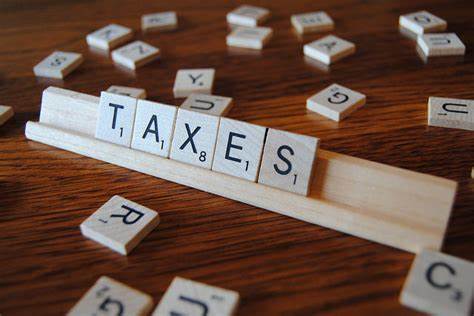Starting April 1, 2025, the UK’s Vehicle Excise Duty (VED), commonly known as road tax, will undergo significant changes impacting motorists nationwide. These adjustments, announced in the Autumn Statement 2024, aim to align VED rates with the Retail Prices Index (RPI) and introduce new tax obligations for electric vehicle owners.
VED Rate Adjustments
From April 1, 2025, VED rates for cars, vans, motorcycles, and motorcycle trade licenses will increase in line with the RPI. This standard uprating ensures that VED receipts are maintained realistically, requiring motorists to contribute somewhat to public finances. For instance, the standard rate for cars registered on or after April 1, 2017, will rise from £165 to £180.
Impact on Electric Vehicles
A notable change effective from April 1, 2025, is the extension of VED to electric vehicles (EVs). Currently exempt, owners of electric cars, vans, and motorcycles will be required to pay VED, just like petrol and diesel vehicle owners. This policy shift aims to ensure that all vehicle owners contribute to road maintenance and infrastructure costs.
First-Year Rates and Emissions
The first-year VED rates, often called the “showroom tax,” are determined by a vehicle’s CO2 emissions. Higher-emission vehicles incur steeper first-year rates to incentivize the purchase of lower-emission models. For example, vehicles emitting over 255g/km of CO2 face a first-year rate of £2,605, while those emitting between 76-90g/km are charged £120.
Additional Charges for Premium Vehicles
Vehicles with a list price exceeding £40,000 are subject to an additional annual fee, known as the “expensive car supplement.” This supplement, currently set at £355, applies for five years from the second year of registration. Notably, electric vehicles were previously exempt from this charge, but starting April 2025, they will also be subject to this fee.
Classic Car Exemptions
The rolling 40-year exemption for classic cars remains in effect. Vehicles manufactured before January 1, 1984, are exempt from VED, recognizing their historical value and limited road use. Each year, an additional cohort of vehicles becomes eligible for this exemption as they reach the 40-year threshold.
Implications for Motorists
These VED changes reflect the government’s commitment to environmental objectives and fiscal responsibility. The policy aims to create a more equitable system where all road users contribute to infrastructure funding by adjusting rates in line with inflation and expanding the tax base to include electric vehicles.
Motorists should stay informed about these changes to understand their financial implications. When purchasing new vehicles, considering factors such as CO2 emissions and list price can influence initial and ongoing tax liabilities. Additionally, owners of electric vehicles should prepare for upcoming tax obligations starting in 2025.
In summary, the forthcoming adjustments to Vehicle Excise Duty underscore the evolving landscape of vehicle taxation in the UK. As the government balances environmental goals with infrastructure funding needs, motorists must remain vigilant and informed to navigate these changes effectively.
